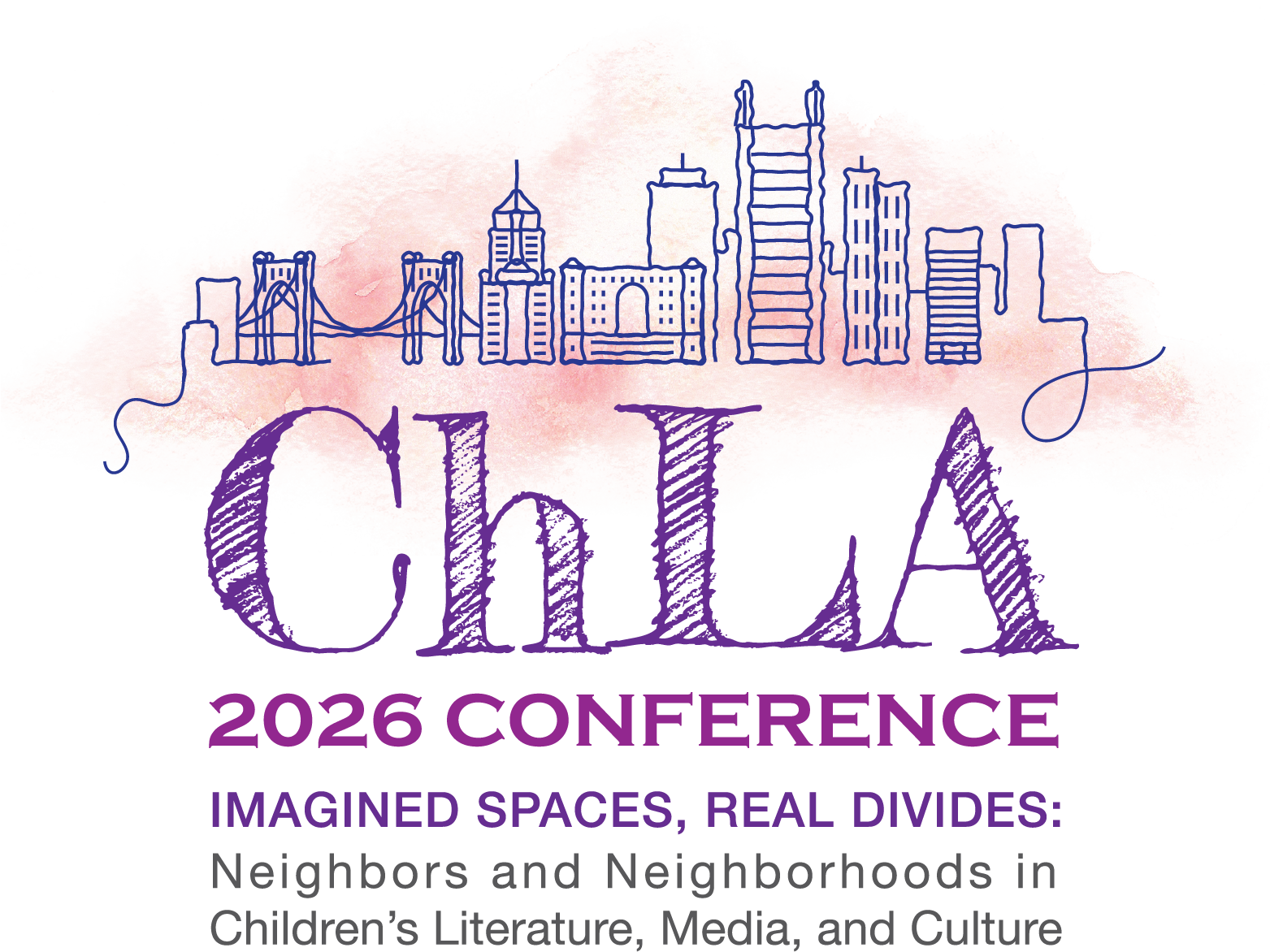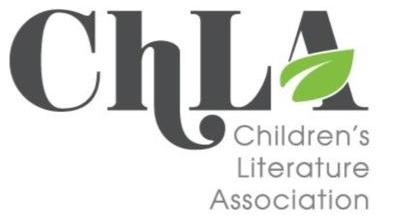
ChLA 2026 Call For Papers
Omni William Penn Hotel ~ Pittsburgh, Pennsylvania
May 28-30, 2026
Filmed and produced in Pittsburgh, Mister Rogers’ Neighborhood is considered a classic of U.S. children’s television. In each episode, Mister Rogers talked with and learned from his (sometimes celebrity) neighbors before taking viewers on a Trolley ride into the Neighborhood of Make-Believe, where hand puppets like Daniel Tiger and X the Owl sang, explored, and learned together. Through stories, songs, conversations, and educational video segments, the show invited children to learn about the world around them as well as the complex universes inside themselves. Dedicated to teaching children about big feelings, complex social interactions, empathy, and radical acceptance, Mister Rogers championed kindness by entreating his viewers: “Please, won’t you be my neighbor?”
In this spirit, ChLA invites proposals exploring the theme of neighborhoods as they relate to children’s literature, culture, and media. We welcome work that examines how these spaces are imagined, represented, and experienced across texts and contexts. For many, neighborhoods exist as both real and imagined spaces of safety, community, inclusiveness, familiarity, and nostalgia. However, for others, neighborhoods do not.
This theme invites us to consider how neighborhoods, for better or worse, shape childhood, community, and belonging: In the 21st century, what might it mean to be a good neighbor? Who are the people in your neighborhood? Who counts as neighbors? How can we account for inclusion or exclusion when talking about our global neighbors? Are neighborhoods limited by space, proximity, time, and shared values? Who gets to define the boundaries of a neighborhood? What role(s) do children play in the neighborhoods of today or the technologically advanced neighborhood of the future? How has our conception of neighborhoods changed?
Suggested Questions and Topics
You may wish to consider the following:
- What is a neighborhood?
- How are neighborhoods defined and understood?
- How is “neighborhood” conceptualized in rural areas?
- Natural, humanmade, and abstract boundaries
- Neighborhoods as metonymic representations of broader urban systems
- “Good” and “bad” neighborhoods
- The Great Migration (and responses, such as white flight)
- (De)segregation, (anti-)apartheid, and redlining
- Urban renewal, whitewashing, gentrification, capitalist impulses
- The role of race, policing, and surveillance in shaping neighborhood boundaries
- Neighborhoods as sites of normativity, fear, and violence
- Housing covenants, blockbusting, and other tools of racial exclusion
- Neighborhoods shaped by racial capitalism and infrastructural neglect
- Cultural memory and intergenerational trauma tied to displacement
- Reservations, residential boarding schools, and colonization
- Suburban myths and the idealisation of whiteness in “good” neighborhoods
- (Forced) migration and relocation
- Climate refugees
- Neighborhoods of the diaspora
- Barrios and ethnic enclaves
- Imagined Communities
- Insider versus outsider status
- Stories about or set in identity-based spaces (e.g., LGBTQ+ neighborhoods; Jewish quarters)
- Globalization/Antiglobalization
- Good Neighbor Policy
- Digital neighborhoods
- Fictional neighborhoods, regions, and communities (e.g., Sesame Street, Neverland, Wakanda, Totoro’s forest, Moominvalley)
- Institutions that build neighborhoods: libraries, schools, parks, barbershops, sports teams, unions, community organizers, etc.
- “Jobs” children hold in neighborhoods
- Play spaces, green spaces, parks, and imaginative spaces
- Myths of neighborly behavior
- Explore and complicate Mister Rogers’ adage — “Look for the helpers”
- “Love thy neighbor”
- “Good fences make good neighbors” — but do they?
- Neighborhoods shaped by political disagreements, feuds, clashes, rivalries
- Proximity, spatial awareness
We welcome submissions in a variety of formats, including individual papers, poster presentations, and, especially, pre-formed panels and roundtables.
Panel Submissions
Pre-formed panels support thematic cohesion across the program and help ensure a well-structured, engaging conference experience.
To form a proposed panel:
Completed panel proposals should be submitted by the panel chair and include:
- Chair’s name, affiliation, and a brief biography
- Panel Title
- Summary of Panel
- Full panel abstract (max. 3,000 characters)
- Individual paper abstracts (max. 3,000 characters, including titles)
- 3-5 relevant keywords
- Panelist’s names, email addresses, affiliations, and brief biographies (please note, panelists are referred to as “co-speakers” in the submission portal)
Roundtable Submissions
Roundtables create spaces for robust conversation while supporting thematic cohesion across the program.
To form a proposed roundtable:
Completed roundtable proposals should be submitted by the roundtable chair and include:
- Chair’s name, affiliation, and a brief biography
- Roundtable Title
- A roundtable abstract, including individual co-speakers’ contributions as necessary (max. 3,000 characters)
- Co-Speakers’ names, email addresses, affiliations, and brief biographies
- 3-5 relevant keywords
Individual Paper or Poster Submissions
Individual papers and poster submissions are also warmly welcome.
Paper/Poster proposals should include:
- Presenter’s name, affiliation, and a brief biography
- Abstract (max. 3,000 characters)
- 3-5 relevant keywords
Accessibility and Format
We remain committed to best practices in accessibility and inclusion. While the conference will primarily be in-person, we are exploring limited asynchronous or hybrid options for those facing barriers to travel. Presenters will be invited to indicate any access needs at the time of submission.
Deadline
All proposals are due by October 15, 2025. Notices of acceptance will be sent in early 2026.
|

